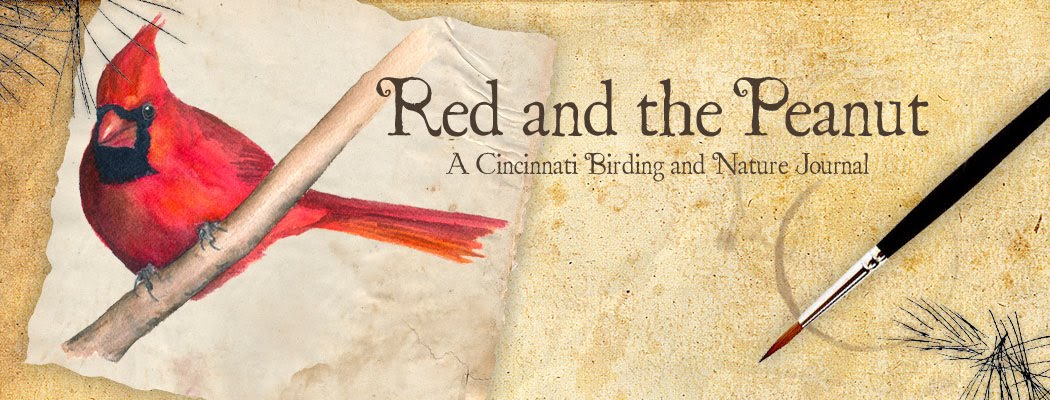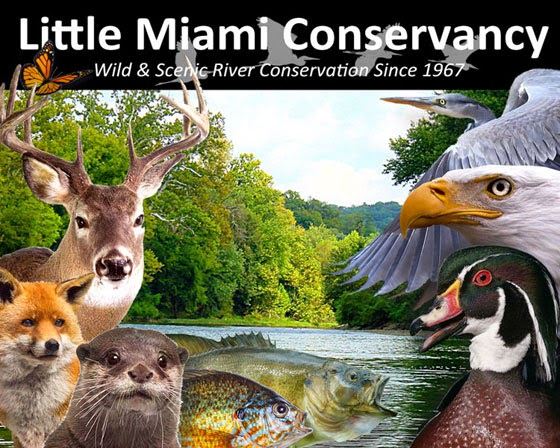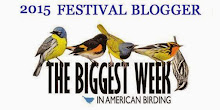A spittlebug is the nymph stage of a tiny insect called a froghopper. Female froghoppers lay eggs in late summer on plants. The eggs are impervious to cold and frost, so they last through the winter. In the Spring, the eggs hatch out, and the nymphs attach themselves and start eating and creating bubbles from the plant's sap. These bubbles provide protection and moisture, and the nymph will hide and live in the glob until it's an adult. Predators can't see the nymph in the foam, and because it has a bad taste, predators tend to leave it alone. The foam also insulates the nymphs from the drastic temperature changes associated with spring, and the moisture keeps them from drying out in the hot sun as summer comes along.
For a more detailed account of spittlebugs, click here for an article written by Roy Lukes titled "The Insect Whose Babies Live in a Bubble."
What is a nymph?
A nymph is the juvenile stage of an insect that undergoes simple metamorphosis. Eggs hatch into nymphs, which resemble adults but have no wings.
Differences between complete and simple metamorphosis...
Butterflies undergo complete metamorphosis. We are all familiar with the lifecycle of a butterfly, which goes from an egg, to a caterpillar (larva), which spins a cocoon (pupa), to an adult butterfly. In complete metamorphosis, the adult looks completely different from the larva.
Spittlebugs undergo simple metamorphosis. Their lifecycle goes from an egg to a nymph, to an adult. In simple metamorphosis, the adult looks similar to the nymph.
What is an instar?
Both nymphs and larvae go through instars. Nymphs and larvae eat and eat until they burst out of their exoskeletons and molt into slightly larger versions of themselves. The stages between molts are called instars. Nymphs (simple metamorphosis) molt into adults from their last instar, but larvae (complete metamorphosis) pupate in a cocoon after their last instar before emerging as completely different adults. Spittlebugs usually go through about five instars before becoming adults (can vary with species)
For an illustration that shows examples of instars in complete and simple metamorphosis, click here.
For an earlier post I did that shows several instars of Large Milkweed Bugs, click here.
How does the nymph manufacture the bubbles?
I didn't know how the nymph created the spit, but a quick look in my Kaufman Field Guide to Insects of North America, pg 94 (by Kenn Kaufman and Eric Eaton) clued me in. The nymphs use liquid waste products from the sap they have been feeding on mixed with mucous they secrete. They have tiny fingerlike projections near their hind end at the tip of their abdomen that they use to pull in air that mixes with the liquid to create the bubbles.
For a cool video of nymphs walking in and out of the foam, click here.
For a video of a nymph creating bubbles, click here.











